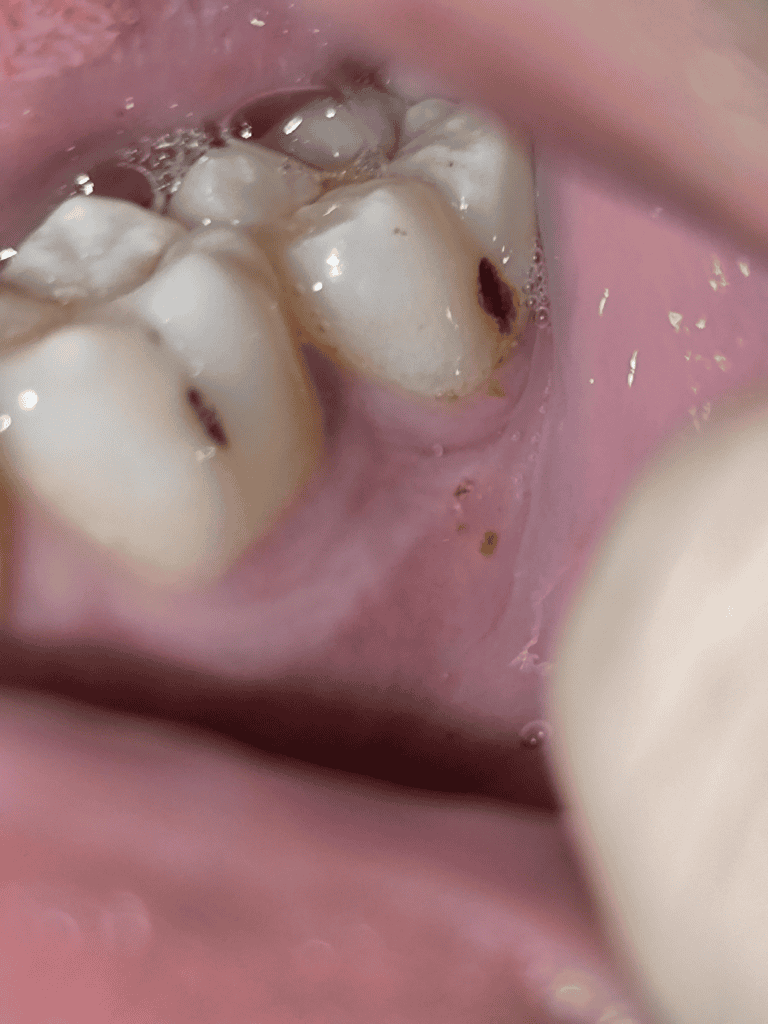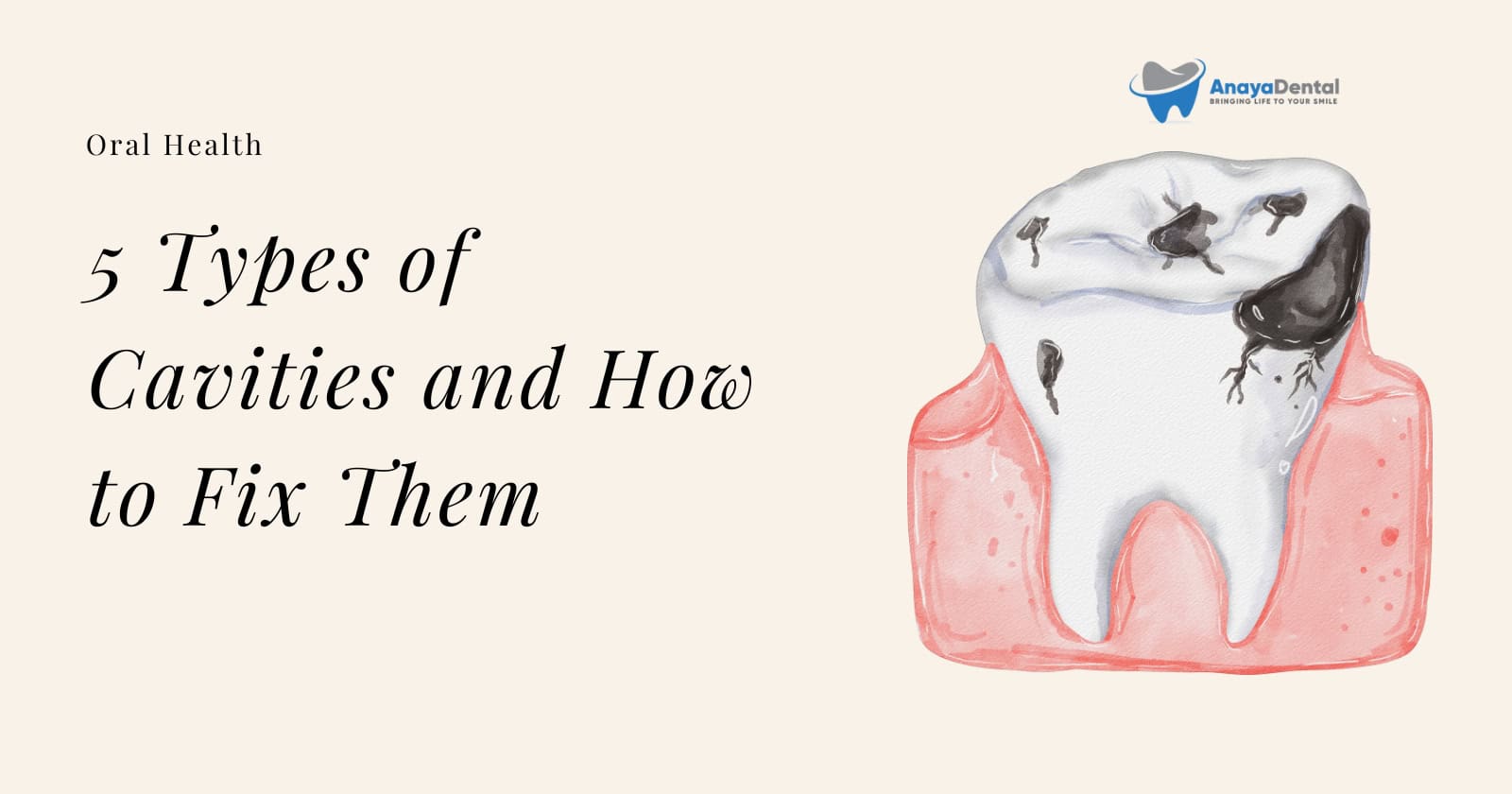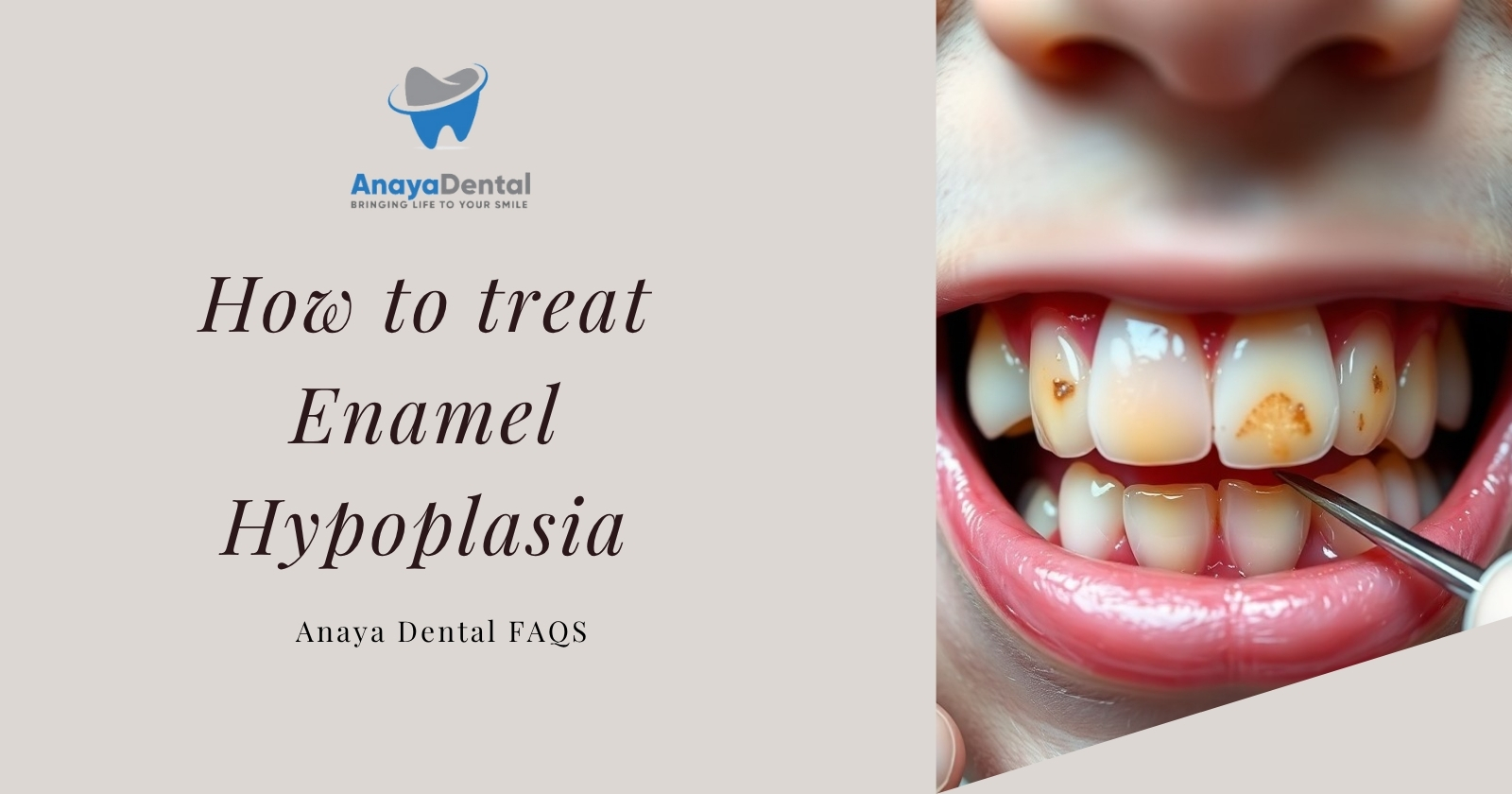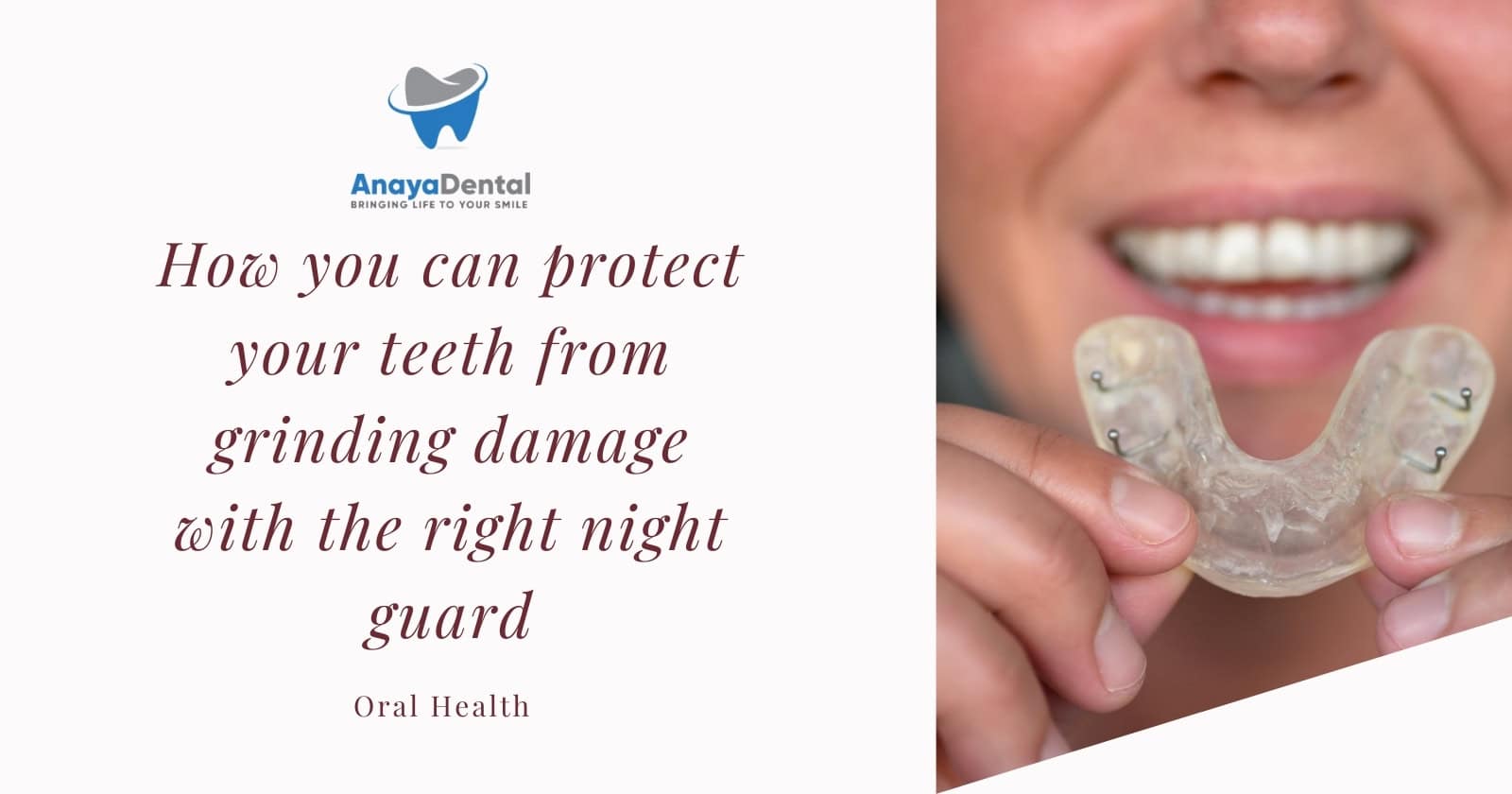You’re enjoying a cold ice cream on a hot summer day when suddenly—ouch! That sharp pain in your tooth might be signaling a cavity. If you’re among the 2.44 billion people worldwide suffering from tooth decay, you’re not alone. Dental cavities rank as the most prevalent chronic disease globally, affecting people of all ages.
But here’s the good news: understanding the different types of cavities and their treatments can help you maintain a healthy smile and avoid more serious dental problems down the road.
What Exactly Are Dental Cavities?
Cavities, also known as dental caries, are small holes that form in your teeth due to decay. They develop when bacteria in your mouth break down sugars from food and produce acids that gradually erode tooth enamel—the hard protective outer layer of your teeth.
Try Our Dental Calculators
If left untreated, these tiny openings can grow larger, penetrating deeper into your tooth structure and potentially reaching the nerves, causing pain, infection, and even tooth loss.
How Cavities Form: The Decay Process
Your mouth is constantly battling between demineralization (loss of minerals) and remineralization (gaining minerals back). Here’s what happens:
- Plaque, a sticky film of bacteria, forms on your teeth
- When you eat sugary foods, bacteria feed on these sugars
- The bacteria produce acids that dissolve minerals in your tooth enamel
- Over time, the enamel weakens and a cavity forms
Poor oral hygiene, frequent snacking on sugary foods, and inadequate fluoride exposure all tip the balance toward demineralization, increasing your risk of developing cavities.
The 5 Main Types of Cavities (Based on Location)
Not all cavities are created equal. Depending on where they form, cavities require different prevention strategies and treatment approaches.
1. Pit and Fissure Cavities
Most common location: Chewing surfaces of molars and premolars
These cavities form in the natural grooves and depressions on the chewing surfaces of your back teeth. These areas easily trap food particles and are difficult to clean with regular brushing, making them prime real estate for cavity formation.

Why they’re problematic: The narrow, deep structure of pits and fissures makes them hard to clean effectively, even with careful brushing.
2. Smooth Surface Cavities
Most common location: Flat outer surfaces of teeth, especially near the gumline
Smooth surface cavities develop on the flat external surfaces of your teeth. While these areas are generally easier to clean than pits and fissures, they can still develop decay, particularly in spots near the gumline where plaque tends to accumulate.

Why they develop more slowly: These surfaces are more accessible to cleaning and have greater exposure to saliva, which naturally helps remineralize teeth.
3. Root Cavities
Most common location: Tooth root surfaces exposed by gum recession
Root cavities form on the surfaces of tooth roots that become exposed when gums recede. Unlike the crown of your tooth, roots aren’t protected by enamel but by cementum—a softer, more vulnerable tissue.

Who’s at higher risk: These cavities are more common in older adults with gum recession and can be particularly challenging to treat due to their location.
4. Interproximal Cavities
Most common location: Spaces between adjacent teeth
These cavities form between teeth in areas your toothbrush can’t easily reach. They’re often difficult to detect visually during regular dental checkups and may require X-rays for proper diagnosis.

Prevention tip: Regular flossing is crucial for preventing interproximal cavities, as these areas aren’t adequately cleaned by brushing alone.
5. Recurrent Cavities
Most common location: Around existing dental fillings or crowns
Also called secondary cavities, these develop around existing dental restorations such as fillings or crowns. They often result from breakdown at the margins of restorations, allowing bacteria to enter and cause new decay.

Why they happen: Over time, fillings can wear down, chip, or slightly separate from the tooth, creating spaces where bacteria can enter.
Understanding Cavity Severity
Dentists also classify cavities based on how far they’ve progressed through your tooth:
- Early-stage decay: Limited to the enamel layer, often reversible with proper care
- Moderate decay: Has penetrated through enamel into dentin, requiring restorative treatment
- Advanced decay: Significant involvement of dentin, approaching the pulp
- Severe decay: Reached the pulp, often causing infection or abscess
The sooner a cavity is detected and treated, the simpler and less expensive the solution will be. This is why regular dental check-ups are essential for catching problems early.
How to Prevent Cavities Before They Start
The best cavity treatment is prevention. Here are proven strategies to keep your teeth cavity-free:
Daily Oral Hygiene Habits
- Brush thoroughly at least twice daily with fluoride toothpaste
- Floss once daily to remove plaque between teeth
- Use an antimicrobial mouthwash to reduce bacteria in your mouth
Smart Dietary Choices
- Reduce sugar intake and limit snacking between meals
- Increase consumption of calcium-rich foods like dairy products, kale, and broccoli to strengthen teeth
- Stay hydrated with water to help rinse away food particles and bacteria
Professional Preventive Care
- Get regular dental check-ups every six months
- Consider dental sealants for the chewing surfaces of molars to prevent decay in these vulnerable areas
- Ask about professional fluoride treatments to strengthen enamel
Treating Different Types of Cavities
When prevention isn’t enough and cavities form, various treatment options are available depending on the type and severity of decay.
For Early-Stage Cavities: Remineralization
If caught very early—when decay is limited to the enamel—certain non-invasive approaches may reverse the process:
- Professional fluoride treatments: Higher concentration fluoride applications can help remineralize weakened enamel
- Improved oral hygiene: More diligent brushing with fluoride toothpaste
- Dietary changes: Reducing sugar intake and increasing calcium consumption
For Moderate Cavities: Dental Fillings
The most common treatment for established cavities is the dental filling procedure:
The Filling Process:
- Your dentist applies local anesthetic to numb the area
- The decayed portion of the tooth is removed with a dental drill
- The prepared cavity is cleaned to remove bacteria and debris
- The cavity is filled with a restorative material
- The filling is finished and polished
Common Filling Materials:
| Material | Advantages | Disadvantages | Best For |
|---|---|---|---|
| Amalgam (silver) | Extremely durable, cost-effective | Not tooth-colored, contains mercury | Back teeth, large cavities |
| Composite resin | Tooth-colored, bonds to tooth structure | Moderate durability, more expensive than amalgam | Front teeth, visible areas |
| Glass ionomer | Releases fluoride, bonds to tooth | Less durable than other materials | Root cavities, children’s teeth |
| Gold | Extremely durable, doesn’t corrode | Very expensive, not tooth-colored | Long-term restorations |
| Porcelain | Highly aesthetic, stain-resistant | More expensive, requires multiple visits | Visible areas, larger restorations |
Your dentist will recommend the best material based on the cavity’s location, your aesthetic preferences, and your budget.
For Advanced Cavities: Crowns and Root Canals
When decay is extensive but the tooth can still be saved, more comprehensive treatment becomes necessary:
Dental Crowns
A crown is a custom-made cap that covers the entire visible portion of your tooth above the gumline. Crowns are recommended when:
- A large portion of your tooth is decayed
- The tooth is weakened and at risk of fracturing
- A large filling needs to be replaced
The procedure usually involves:
- Removing the decayed or damaged portion of the tooth
- Reshaping the remaining tooth structure
- Taking an impression for the custom crown
- Placing a temporary crown while the permanent one is made
- Cementing the permanent crown in place
Root Canal Therapy
When decay reaches the pulp (containing nerves and blood vessels), causing infection or abscess, root canal treatment becomes necessary. This saves your natural tooth while eliminating the pain-causing infection.
The procedure involves:
- Creating an opening in the tooth to access the pulp chamber
- Removing the infected pulp tissue
- Cleaning and disinfecting the root canal system
- Filling and sealing the canals
- Placing a crown to protect the treated tooth
For Severe Cavities: Extraction and Replacement
In cases where decay is so extensive that the tooth cannot be saved:
- Tooth extraction: The damaged tooth is removed
- Replacement options:
- Dental implants: Titanium posts surgically placed in the jawbone to support artificial teeth
- Fixed bridges: Artificial teeth anchored to adjacent natural teeth
- Removable partial dentures: Removable replacements for missing teeth
The Cost of Treating Cavities
The financial aspect of dental care is a concern for many. Here’s what you might expect to pay for different cavity treatments:
| Treatment | Approximate Cost Range | Typically Covered by Insurance? |
|---|---|---|
| Fluoride treatments | $20-$50 | Often covered as preventive care |
| Dental fillings | $100-$300 per filling | Partially covered (50-80%) |
| Crowns | $800-$1,500 per crown | Partially covered (50%) |
| Root canal | $700-$1,500 | Partially covered (50%) |
| Extraction | $75-$300 | Partially covered (70-80%) |
| Dental implant | $3,000-$4,500 per tooth | Rarely covered or limited coverage |
Insurance coverage varies widely based on your specific plan. Most dental insurance plans:
- Cover 100% of preventive care (exams, cleanings)
- Cover 70-80% of basic procedures (fillings)
- Cover 50% of major procedures (crowns, root canals)
- Have annual maximums of $1,000-$2,000
Payment Options If You Don’t Have Insurance
If you’re facing cavity treatments without insurance coverage, consider these options:
- Dental discount plans: Membership programs offering reduced fees
- Payment plans: Many dentists offer interest-free financing options
- Dental schools: Reduced-cost treatment provided by supervised students
- Community health centers: Sliding scale fees based on income
- Care credit: Healthcare credit cards specifically for medical and dental expenses
When to See a Dentist
Don’t wait until you’re in pain to schedule a dental appointment. Early detection is key for simpler, less expensive treatments. See your dentist immediately if you experience:
- Toothache or pain when eating or drinking
- Visible holes or pits in your teeth
- Brown, black, or white staining on tooth surfaces
- Sensitivity to hot, cold, or sweet foods/drinks
- Pain when biting down
Remember that early-stage cavities often have no symptoms, which is why regular dental check-ups are crucial even when your teeth feel fine.
Quick Review: Key Takeaways About Cavities
- Dental cavities are among the most common chronic diseases worldwide
- The five main types are pit and fissure, smooth surface, root, interproximal, and recurrent cavities
- Prevention strategies include good oral hygiene, smart dietary choices, and regular dental visits
- Treatment options range from simple fillings to crowns, root canals, and extractions, depending on severity
- Early detection through regular dental check-ups is crucial for simpler, less expensive treatments
- Most dental insurance plans provide at least partial coverage for cavity treatments
Taking care of your teeth is an investment in your overall health and well-being. By understanding the different types of cavities and how to prevent and treat them, you’re taking an important step toward maintaining a healthy smile for life.








